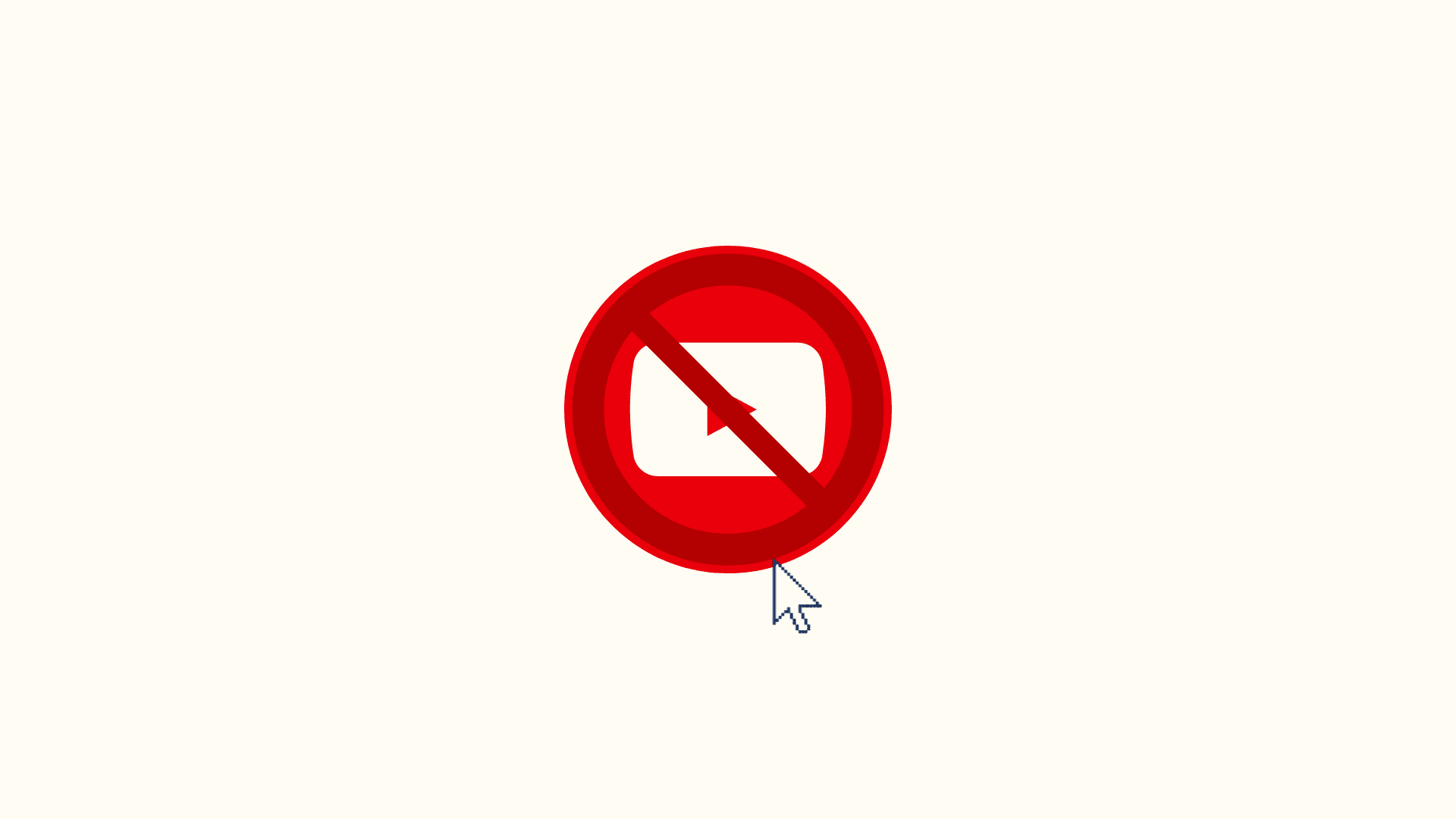
Russia is slowing down YouTube. What is the independent Russian media doing about it?
Exiled publishers serve audiences on new platforms and educate them on tools to bypass censorship
The Fix Newsletter
Everything you need to know about European media market every week in your inbox
28 articles • 0 Followers










